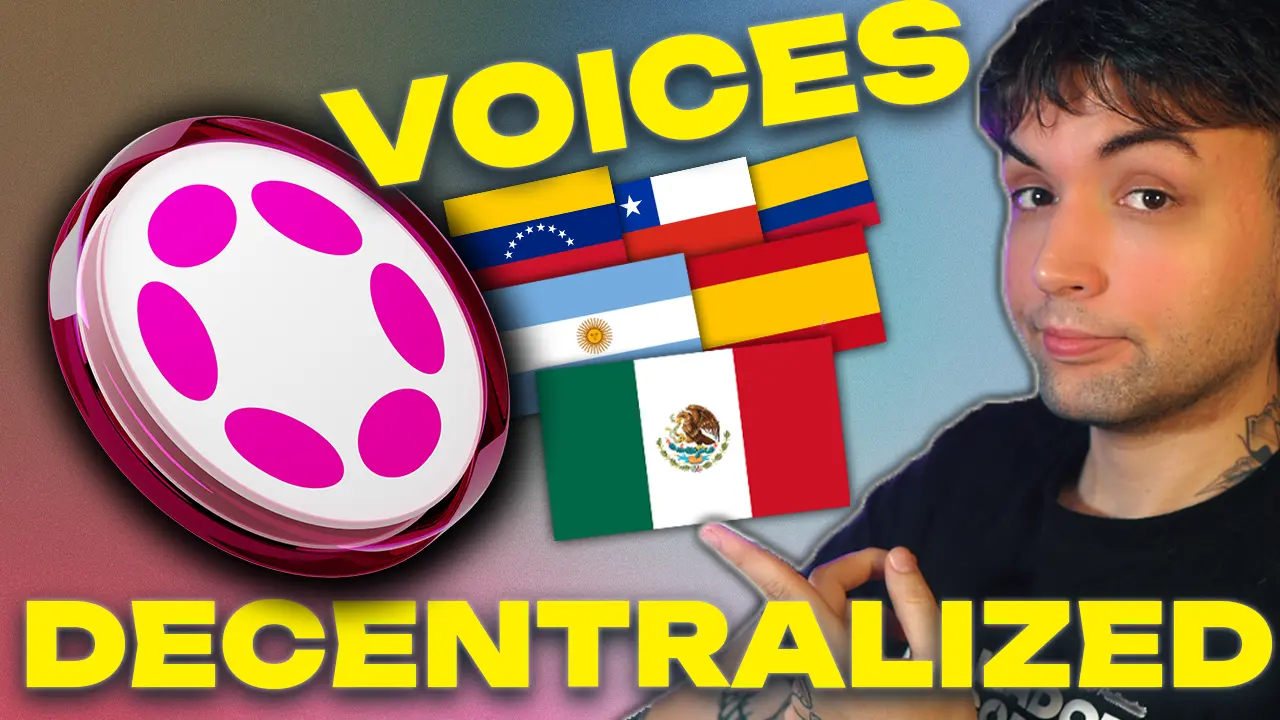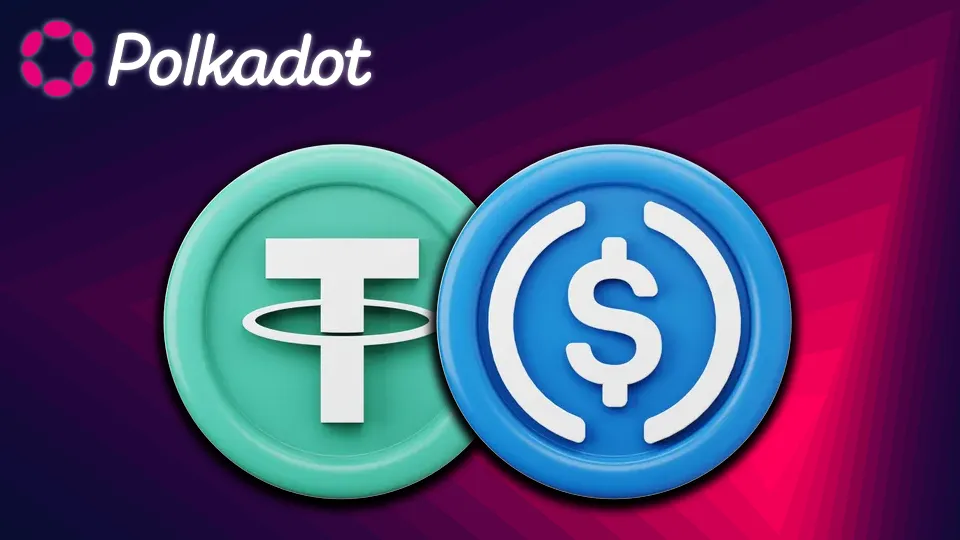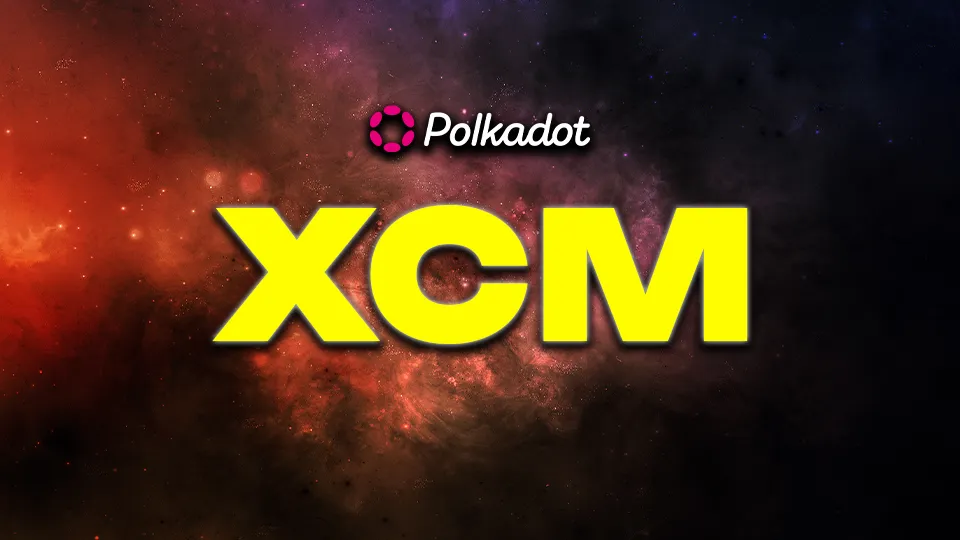

Taiga Protocol
Taiga Protocol is a synthetic asset protocol designed to address the issue of liquidity fragmentation in the Polkadot and Kusama ecosystems.
Taiga Protocol: Unifying Liquidity for Staking in the Polkadot Ecosystem
Taiga Protocol is a synthetic asset protocol designed to address the issue of liquidity fragmentation in the Polkadot and Kusama ecosystems. By creating unified synthetic assets like tDOT and tKSM, Taiga simplifies DeFi participation and unlocks new opportunities for developers and users.
What is Taiga Protocol?
Built on the Acala parachain, Taiga Protocol offers several key functionalities:
- Stable Asset System: This system uses a combination of StableSwap DEXs and synthetic assets to maintain a stable value peg for assets like DOT and KSM.
- tDOT & tKSM: These synthetic assets represent a unified pool of staking and crowdloan derivatives for DOT and KSM respectively. They offer users a convenient way to access liquidity and staking rewards without managing multiple derivative tokens.
- 3pool: This is the first stablecoin pool on Kusama, allowing users to swap between aUSD, USDC, and USDT with low slippage.
Benefits of Taiga Protocol
- Increased Liquidity: By unifying liquidity for staking and crowdloan derivatives, Taiga removes barriers for DeFi applications and facilitates smoother asset swaps.
- Improved Capital Efficiency: tDOT and tKSM offer a more efficient way to capture staking rewards and participate in DeFi activities compared to managing individual derivative tokens.
- Reduced Impermanent Loss: The dynamic composition of synthetic assets like tDOT helps mitigate impermanent loss risks associated with liquidity provision.
- Simplified DeFi Integration: Developers can leverage Taiga’s synthetic assets to build applications that seamlessly access liquidity from various pools for different staking derivatives.
How Does Taiga Protocol Work?
- StableSwap DEXs: Taiga utilizes StableSwap DEXs to create efficient swapping mechanisms for assets with the same peg, such as DOT and various DOT derivatives. These DEXs ensure low slippage and fast trade execution.
- Dynamic Collateral Ratio: The collateral ratio of synthetic assets like tDOT automatically adjusts based on the underlying asset composition. This helps maintain the peg even when individual derivative prices fluctuate.
- Integration with Acala: Taiga leverages Acala’s DeFi primitives like Acala DEX and EVM+ for functionalities such as swapping, lending, and borrowing using Taiga’s synthetic assets.
Key Features of Taiga’s Synthetic Assets (tDOT & tKSM)
- Maintains a Stable Peg: Both tDOT and tKSM are designed to maintain a stable value peg of 1:1 with their respective native assets (DOT and KSM).
- Yield Generation: These synthetic assets capture staking rewards generated from the underlying derivatives, offering users a way to earn yield without actively managing individual tokens.
- Composable Across Parachains: Thanks to the XCM messaging protocol, tDOT and tKSM can be transferred across parachains within the Polkadot ecosystem, increasing their utility.
Getting Started with Taiga Protocol
Currently, Taiga offers synthetic assets for DOT (tDOT), KSM (tKSM), and a stablecoin pool (3pool) on Kusama. Users can interact with Taiga through the Taiga Protocol app: https://www.taigaprotocol.io/
Conclusion
Taiga Protocol presents a compelling solution for tackling liquidity fragmentation in the Polkadot and Kusama ecosystems. Its innovative synthetic assets empower users and developers with a more efficient and user-friendly way to participate in DeFi activities and unlock the full potential of staking and crowdloan derivatives. As the Polkadot ecosystem continues to grow, Taiga Protocol is well-positioned to play a key role in facilitating a more unified and liquid DeFi landscape.
- Related Token/s: tDOT, tKSM
Taiga project details:
- Legal Entity: Nuts Finance.





















